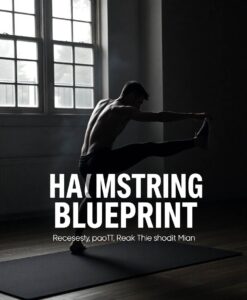Evidence-based guidance separates fads from work that actually changes tissue and movement. When studies test specific exercises and measure outcomes like strength, flexibility, and injury rates, we get a clearer roadmap for progress. This kind of research matters because small changes in how a muscle is trained can change how forces travel through the body, affecting balance, performance, and long-term joint health.

Curious about which movements support lasting hamstring function and which ones carry hidden risk? The article linked here explains the exercises researchers have found most promising and how they connect to real-world activities. Follow the link to see practical steps that align with current science and to explore how targeted training can expand mobility, reduce setbacks, and support inclusive movement for different bodies and ages.
Discover the most effective approach to training the hamstrings. This evidence-based workout features exercises to improve function and avoid injury….



